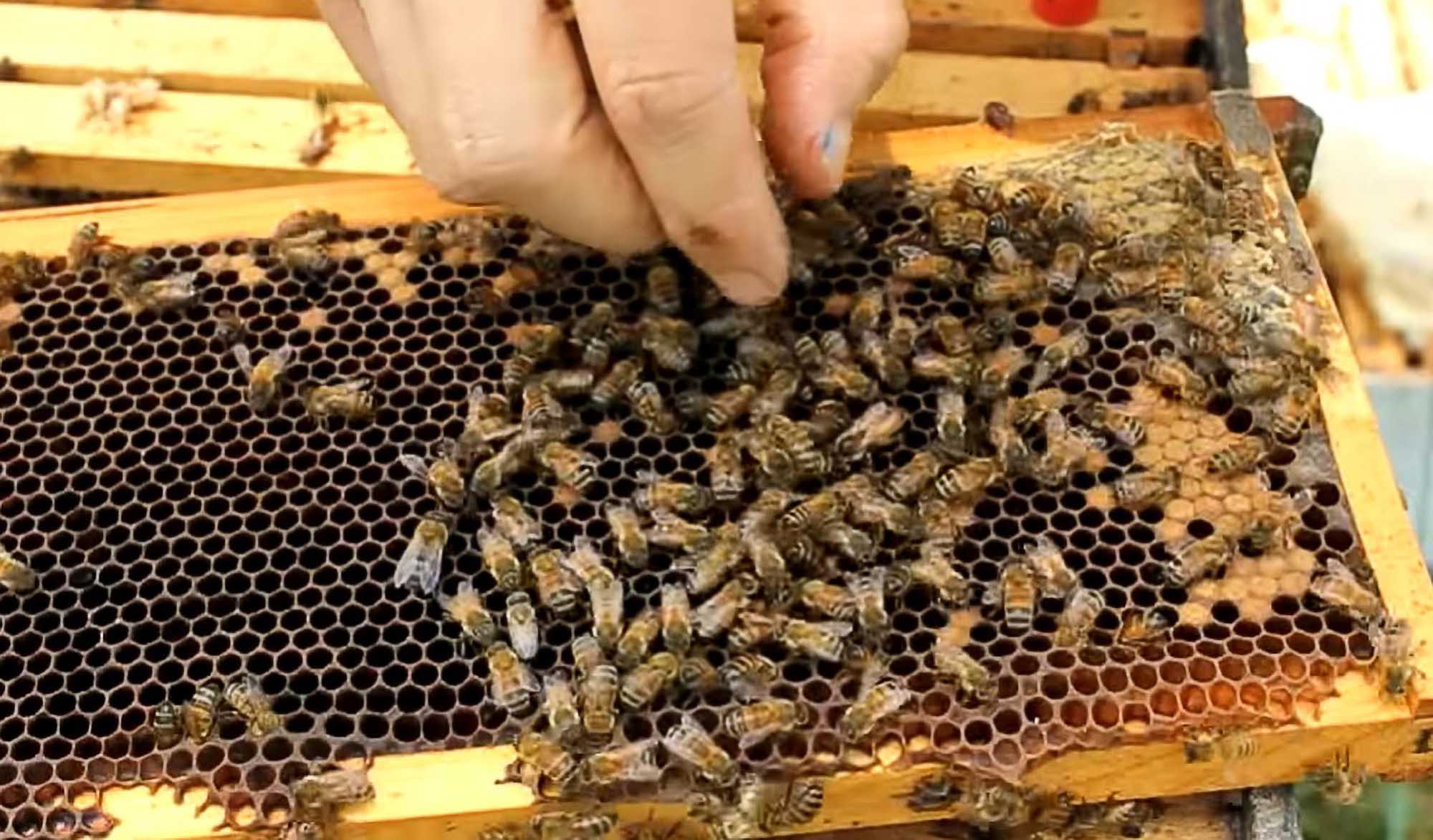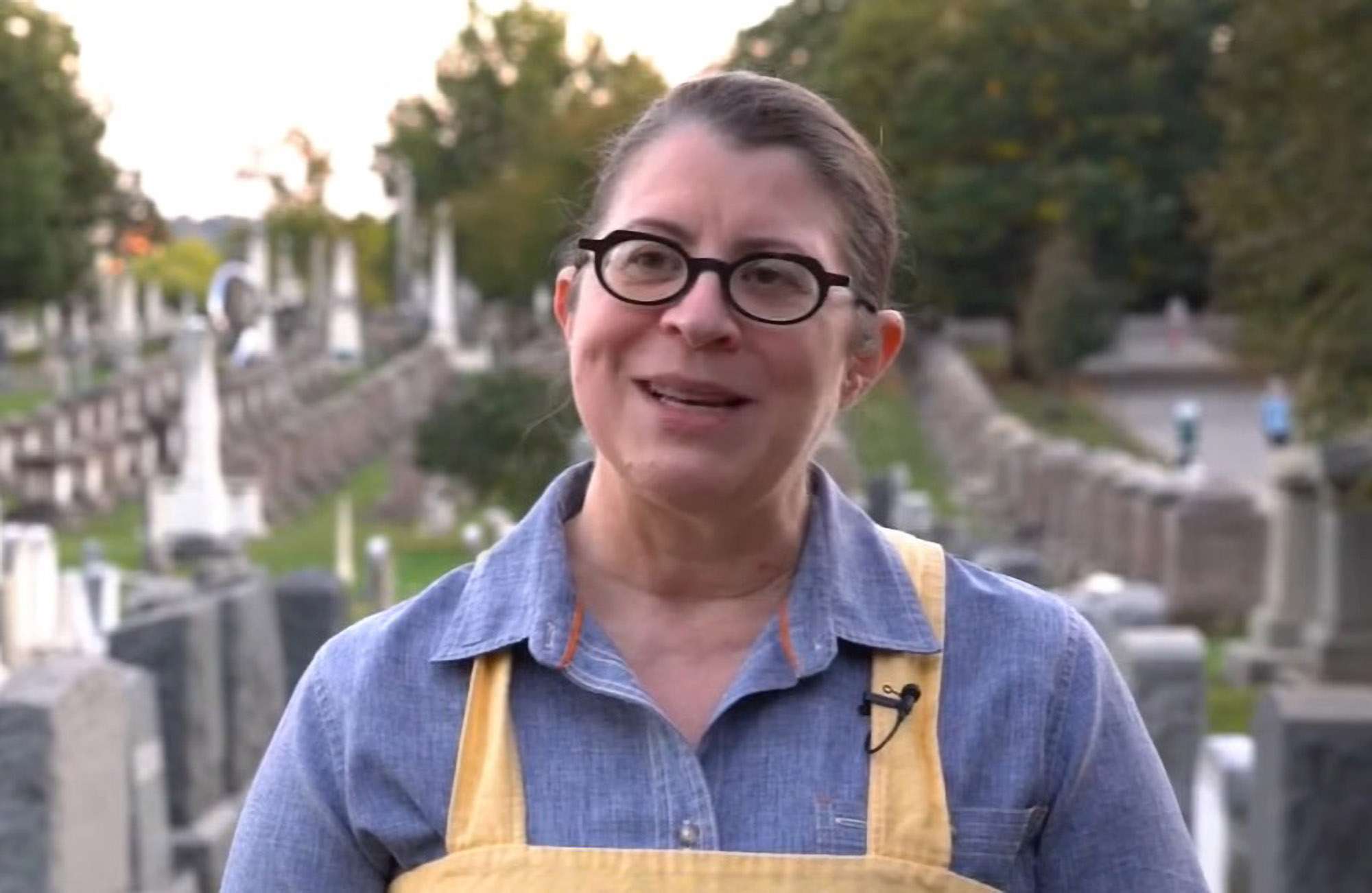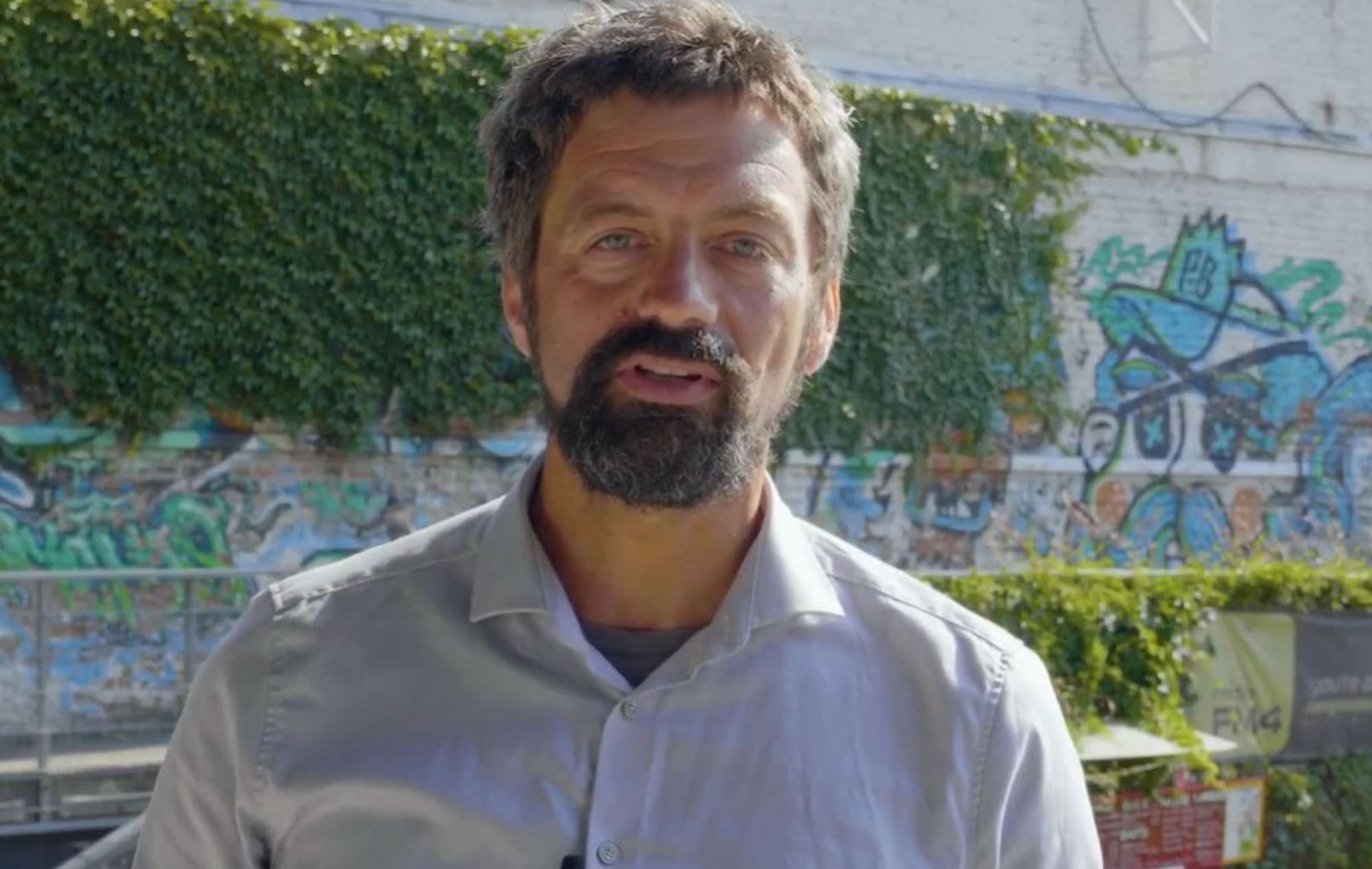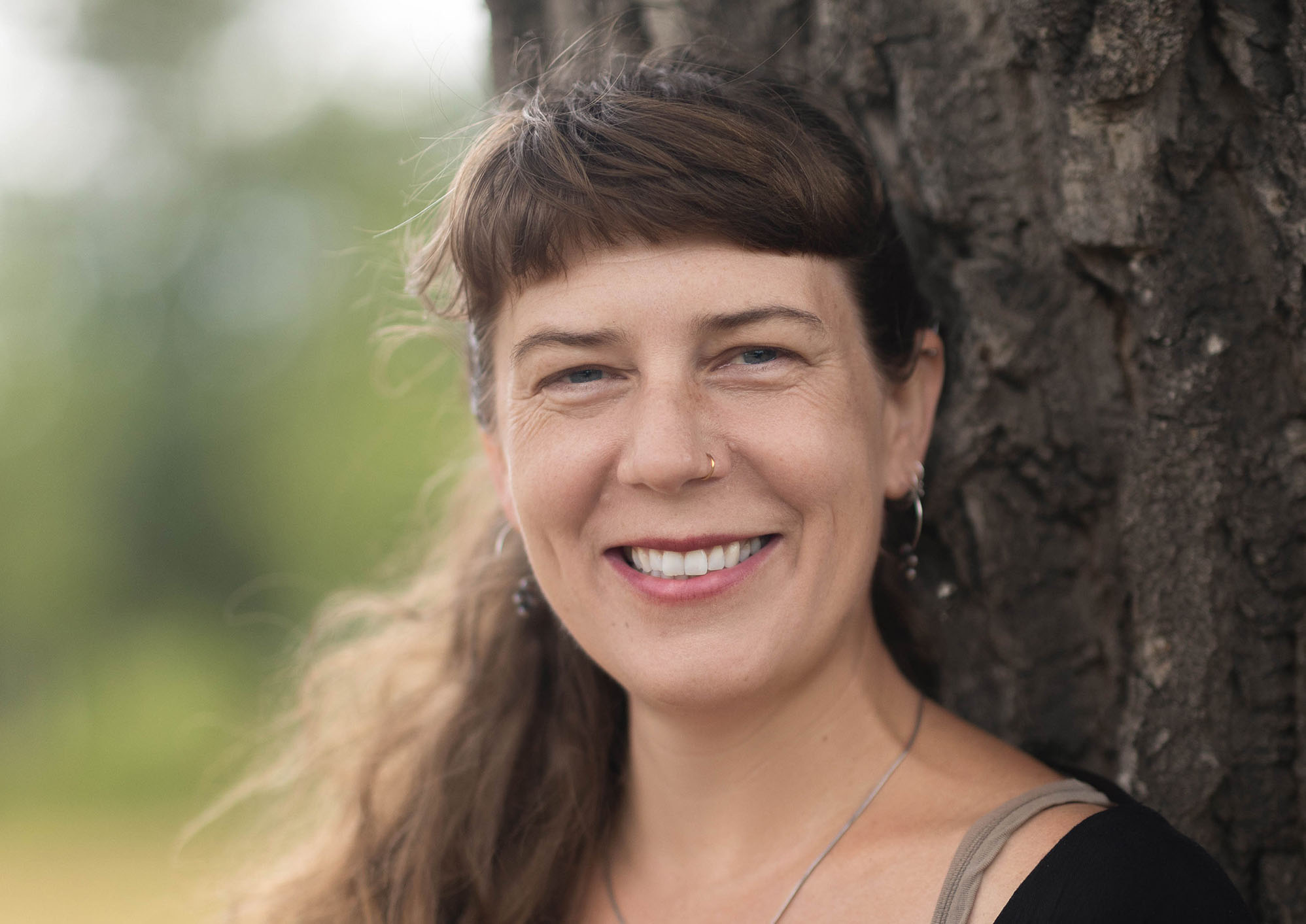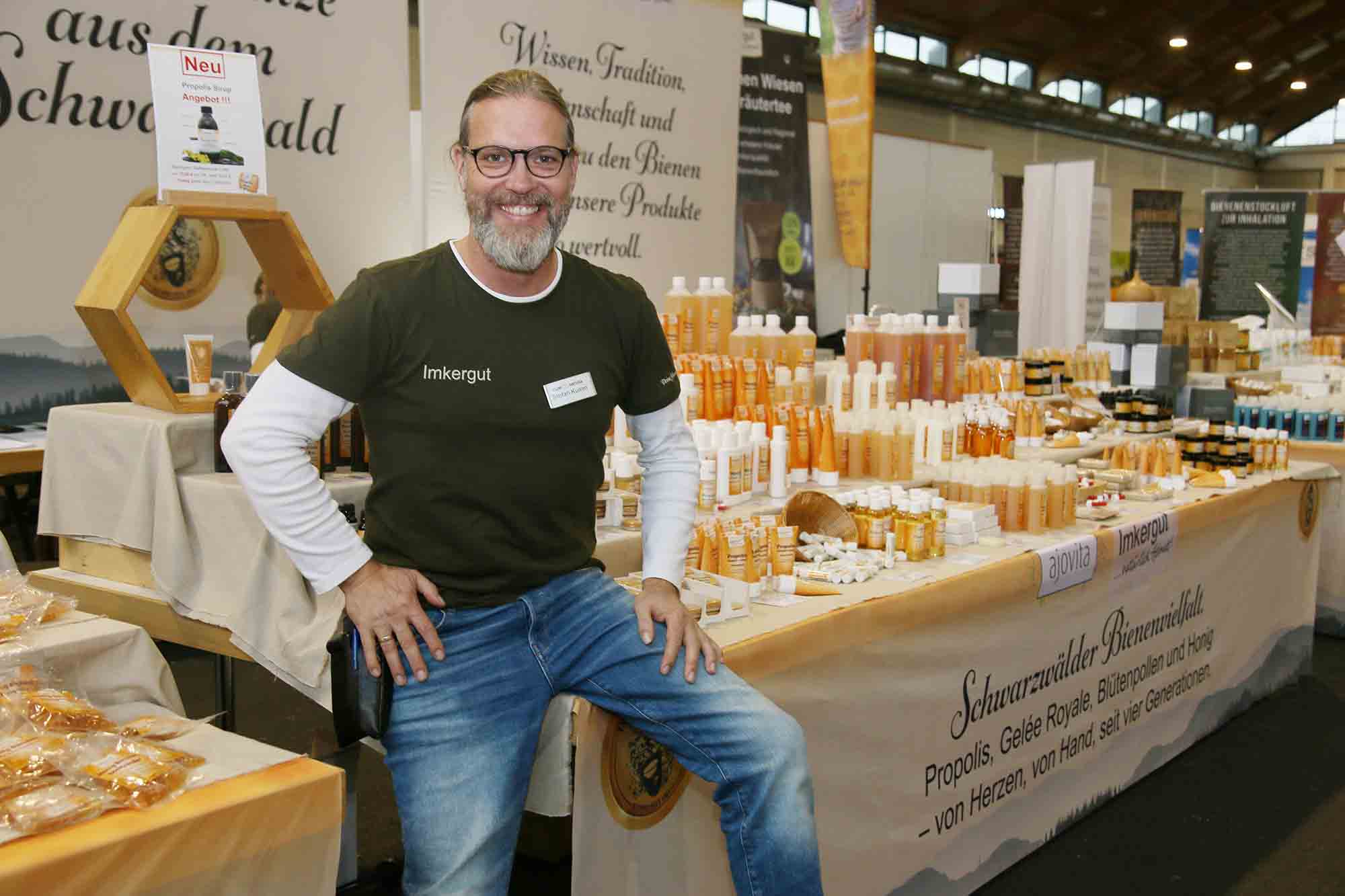Beekeepers in Upper Austria have created a refuge for undomesticated bees as they choose new paths to keep their hives free from Varroa infestations.
Johann Puttinger – who heads the local apiculture association – explained that the insects would strongly benefit from the flowery unmowed area in the town of Helpfau-Uttendorf.
Solitary bees such as mason bees and leafcutter bees do not produce honey. However, these undomesticated pollinators play an important role when it comes to balanced ecosystems.

Austria is home to around 700 different species, of which many are considered at risk of extinction.
Members of Johann’s association are also engaged in combating the spreading of the Varroa destructor, a mite that has the potential to kill a whole colony of domesticated honeybees.
Their efforts are financially supported by the Leader Region, an initiative by the regional governments of Upper Austria and Salzburg.
Johann told the MeinBezirk news website: “The Varroa mite came to Europe from East Asia in the 1980s. It’s a lethal threat to the European honeybee.”
The apiarist – whose union turns 125 this year – added: “Our honeybees haven’t developed any defence skills against this parasite. They cannot survive without human support.”
In a bid to focus on the breeding of resistant colonies, the Imkerverein Uttendorf Association cooperates with Arista Bee Research, a Dutch firm. The long-term target is to fend off any Varroa attacks without applying any medication.
Arista Bee Research warns on its website: “The most damaging disease is caused by a mite – the Varroa destructor. It is considered the largest contributor to (winter) losses. Untreated colonies often collapse within two years from the consequences of the fast-growing Varroa population.
“The mite directly weakens the bee by sucking hemolymph (‘insect blood’) but also causes severe damage to the bees by spreading viruses and bacteria. Especially the Deformed Wing Virus proliferates with an increasing infestation of Varroa.”
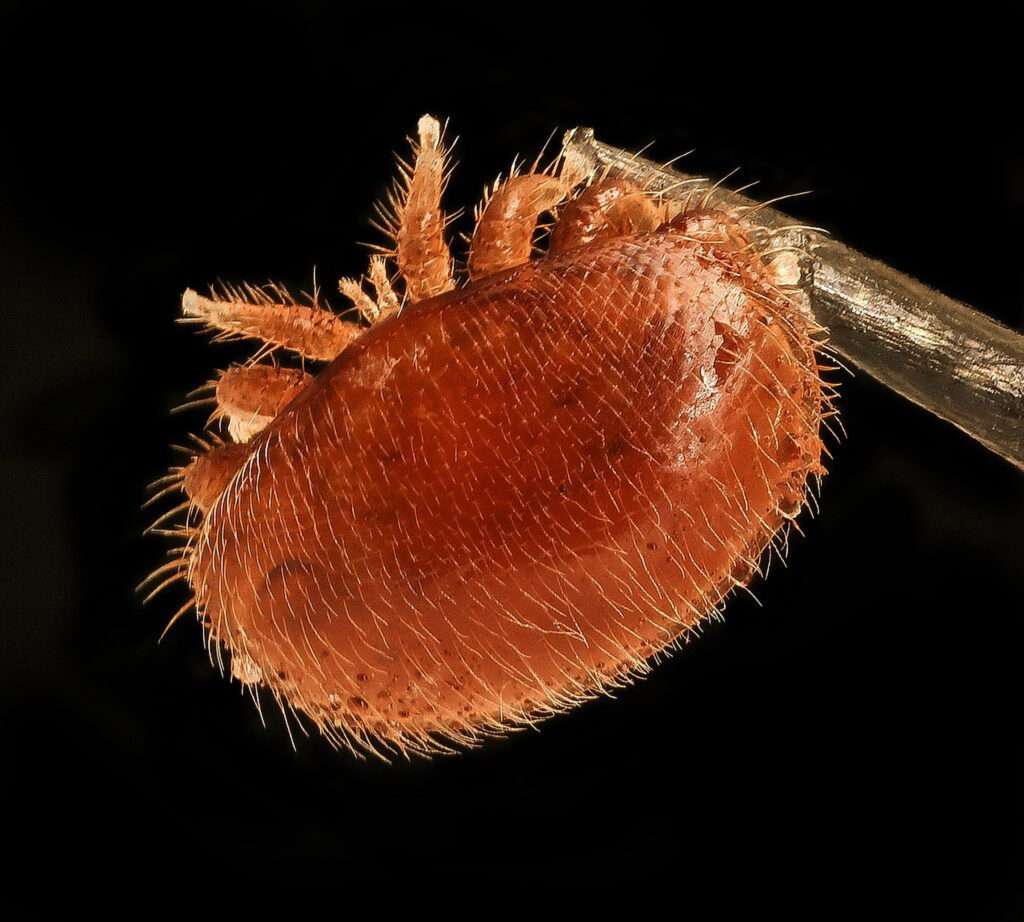
Leader Region official Florian Reitsammer said: “We are delighted that there are such fantastic, knowledgeable people in our region who participate in this research project.”
Meanwhile, Johann criticised the comprehensive local agricultural activities. Intense farming would reduce the number of pollen, he warned. Climate change has been identified as another worrying aspect by the experienced beekeeper.
Austria – which has nine million residents – was ranked 13th among the EU-27 in the European Commission’s 2021 honeybee hive statistics.
Beekeeping is most popular in the provinces of Upper Austria and Lower Austria.
Around 4,100 tonnes of honey were produced across the country in the 2020/2021 business year, according to Agriculture Minister Norbert Totschnig of the conservative People’s Party (ÖVP).

